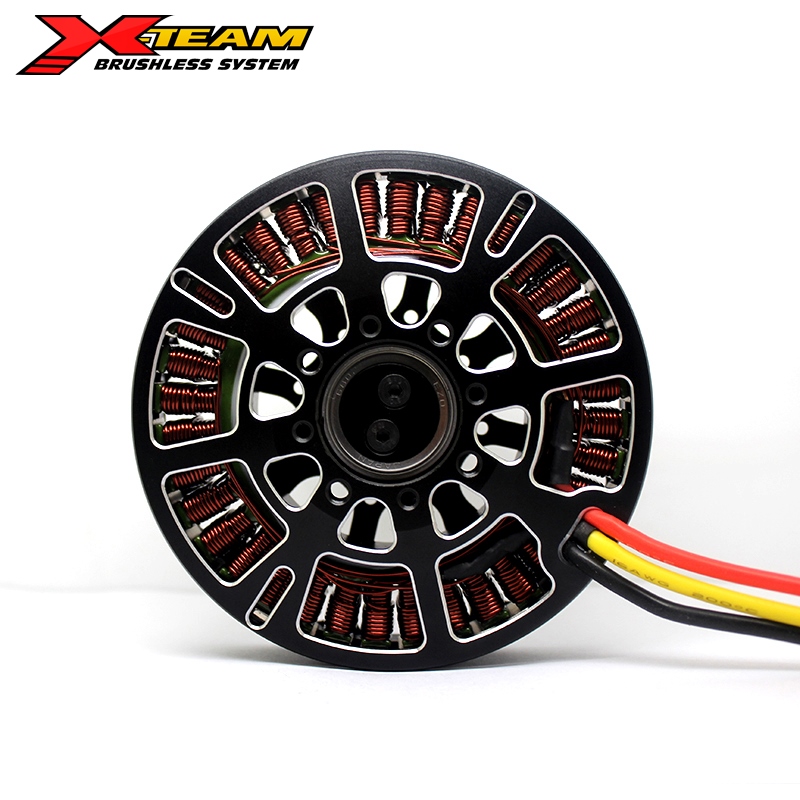8
Aug
What is the Function of the Commutator in a DC Motor?
The Role of the Commutator in Brushed DC Motors: A Technical Analysis
In the domain of electromechanical energy conversion, the brushed direct current (DC) motor remains a foundational technology. Its ability to generate continuous unidirectional torque from a DC power supply relies on a critical electromechanical component: the commutator. From an engineering perspective, the commutator functions as a synchronous rotary switch, dynamically reversing the current direction in the armature windings at precise intervals. This article provides a technically rigorous examination of the commutator’s function, its operational principles, and its indispensable role in enabling continuous rotation in brushed DC motors.

The Fundamental Challenge: Sustaining Unidirectional Torque
The operation of a DC motor is governed by the Lorentz Force Law: a current-carrying conductor in a magnetic field experiences a mechanical force. In a DC motor, the rotating component—the armature—consists of conductors wound around a laminated core. When current flows through these conductors, the stationary magnetic field (produced by field windings or permanent magnets) exerts a force, generating torque and initiating rotation.
However, a fundamental challenge arises as the armature rotates. When a coil passes through the magnetic neutral axis (MNA)—the plane where the coil sides move parallel to the magnetic flux lines—the relative direction of motion between the conductor and the field reverses. If the current direction in the coil remained unchanged, the Lorentz force on each conductor would reverse, resulting in a reversal of torque. This would cause the armature to oscillate around the MNA rather than rotate continuously, rendering the motor ineffective.
This is the core problem that the commutator is designed to resolve.
The Commutator’s Solution: Timed Current Reversal
The primary function of the commutator is to ensure that the torque produced by each armature coil remains in the same rotational direction throughout the cycle. It achieves this through a process known as commutation—the timed reversal of current in the armature windings.
The commutator is a cylindrical assembly mounted on the motor shaft, composed of multiple electrically isolated copper segments. Each segment is connected to the ends of one or more armature coils. Carbon brushes, held in firm contact with the commutator by spring-loaded holders, deliver DC current from the external power source to the rotating armature.
As the armature rotates, the commutator turns with it. At the precise moment a coil reaches the magnetic neutral axis, the brushes transition from one commutator segment to the next, bridging the insulating gap between them. This action:
- Breaks the circuit to the coil that has just passed through the torque-zero point,
- Reverses the polarity of the current supplied to that coil (via connection to the opposite brush polarity),
- Ensures that the Lorentz force direction on the conductors remains consistent with the desired rotational direction.
This synchronized reversal—occurring for each coil as it passes the MNA—ensures that the net electromagnetic torque is always unidirectional. In multi-coil armatures, overlapping commutation across several coils further smooths torque output and minimizes ripple.
Conclusion: The Electromechanical Heart of the Brushed DC Motor
In summary, the commutator is the essential electromechanical interface that enables continuous rotation in brushed DC motors. Its function is not merely to conduct current, but to act as a precision-timed rotary switch that reverses armature current in synchronization with rotor position. By ensuring that the current in each coil reverses at the exact moment the torque direction would otherwise invert, the commutator maintains a net unidirectional torque, allowing the motor to deliver sustained mechanical power.
Without the commutator, a brushed DC motor would be incapable of continuous rotation. It is this dynamic interaction between the stationary brushes and the rotating, segmented commutator that resolves the fundamental challenge of torque reversal—making brushed DC motors reliable and effective across countless industrial, automotive, and consumer applications.
That’s all for the discussion on “What is the Function of the Commutator in a DC Motor?” If you have any needs for brushless motor products, visit X-TEAM to choose the products you need. Go to store.